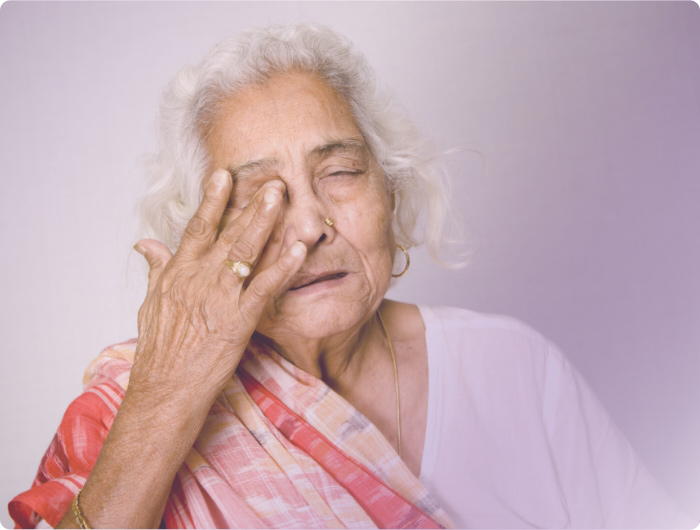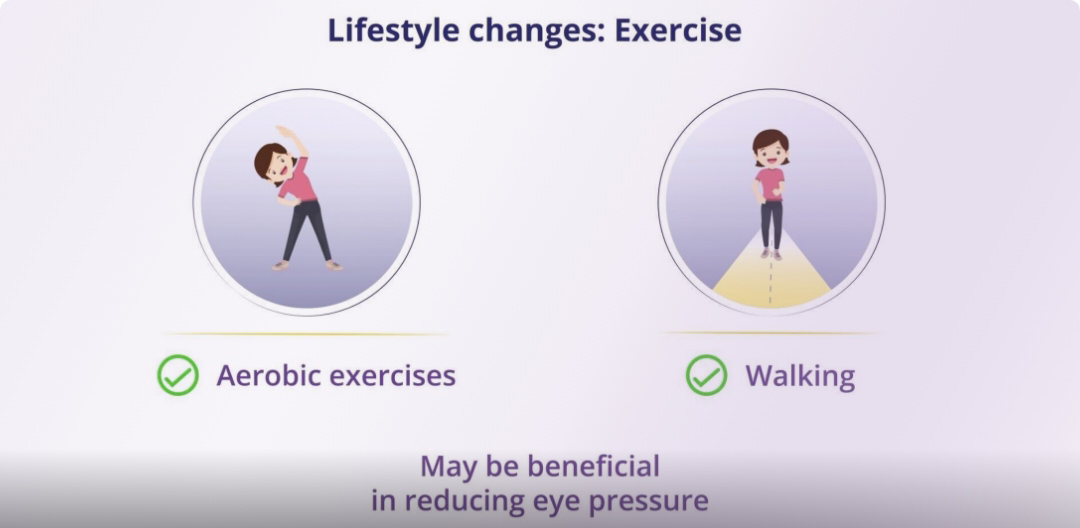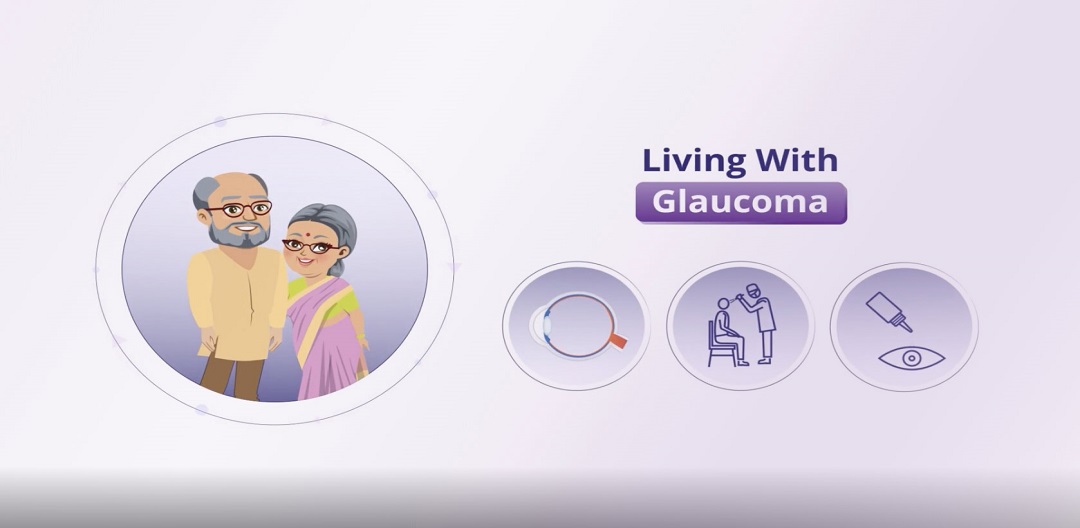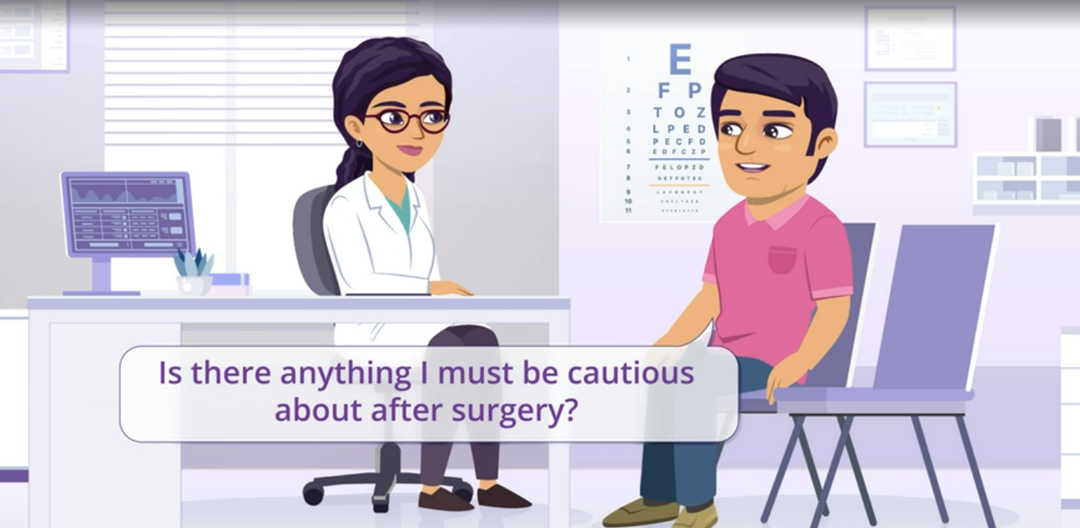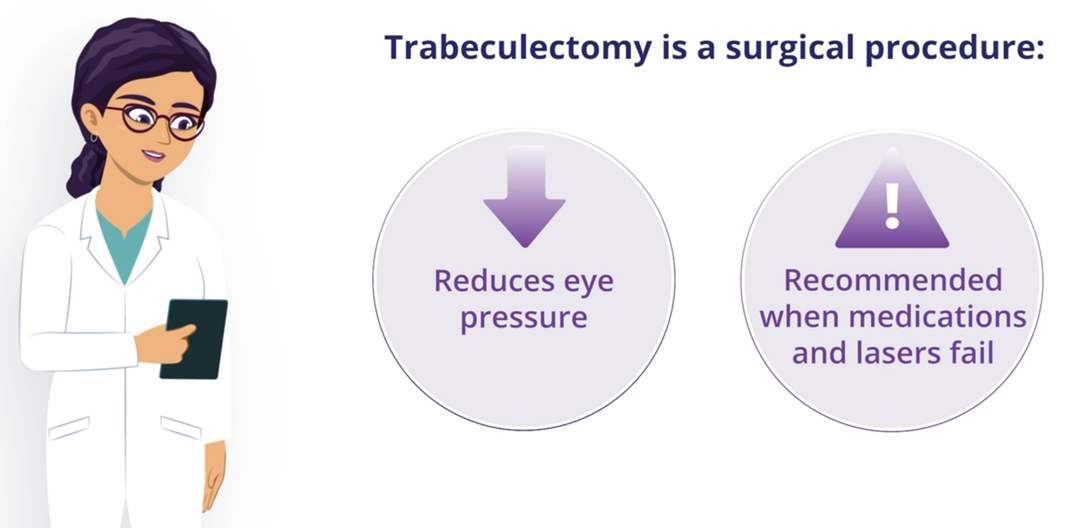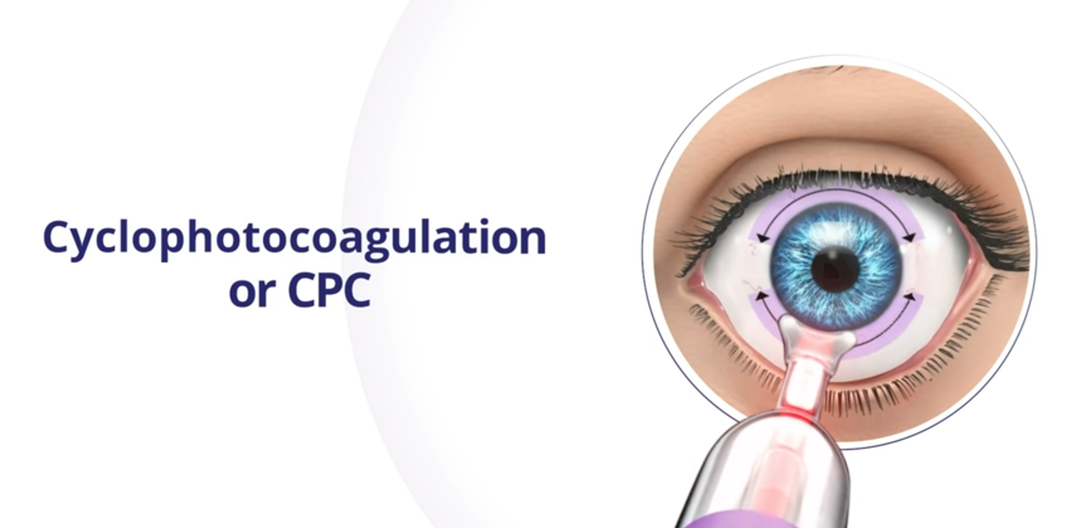- G1.BD 2019 Blindness and Vision Impairment Collaborators; Vision Loss Expert Group of the Global Burden of Disease Study. Causes of blindness and vision impairment in 2020 and trends over 30 years, and prevalence of avoidable blindness in relation to
VISION 2020: the Right to Sight: an analysis for the Global Burden of Disease Study. Lancet Glob Health. 2021 Feb;9(2):e144-e160. - George R, Ve RS, Vijaya L. Glaucoma in India: estimated burden of disease. J Glaucoma. 2010 Aug;19(6):391-7.
- Tham YC, Li X, Wong TY, Quigley HA, Aung T, Cheng CY. Global prevalence of Glaucoma and projections of Glaucoma burden through 2040: a systematic review and meta-analysis. Ophthalmology. 2014 Nov;121(11):2081-90.
You are now leaving the Viadrishti website.
You are leaving Viadrishti website to visit a Viatris or its affiliate site or a third-party site, which is solely responsible for its content, including compliance with territorial guidelines. Links to Viatris or its affiliate sites and third-party sites are provided as convenient resources for our users and may not be governed by the same legal requirements applicable to this site. Additionally, unaffiliated third-party sites are subject to their own terms of use, policies and data protection practices. Finally, if the third-party site is subject to the laws of other countries, the legal / regulatory requirements, data protection requirements and medical practices may be different. Please be aware that the information on this site may not be suitable for use in your country.
Frequently Asked Questions
- Glaucoma is a disease that damages the nerve of the eye (optic nerve), which relays information to the brain.
- If left undetected and untreated, it can eventually lead to permanent vision loss.
- Glaucoma is the most common cause of permanent blindness.
- It affects about 1.2 crore people in India.
- Studies have estimated that 11.1 crore individuals will be affected by Glaucoma by 2040, a vast majority from Asia and Africa.
Glaucoma often goes undetected in 90% of cases, with 40% vision loss before awareness. Early detection and treatment are crucial for preserving vision, as lost vision cannot be restored.






